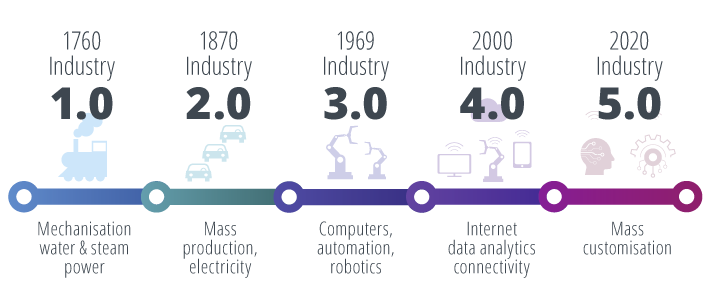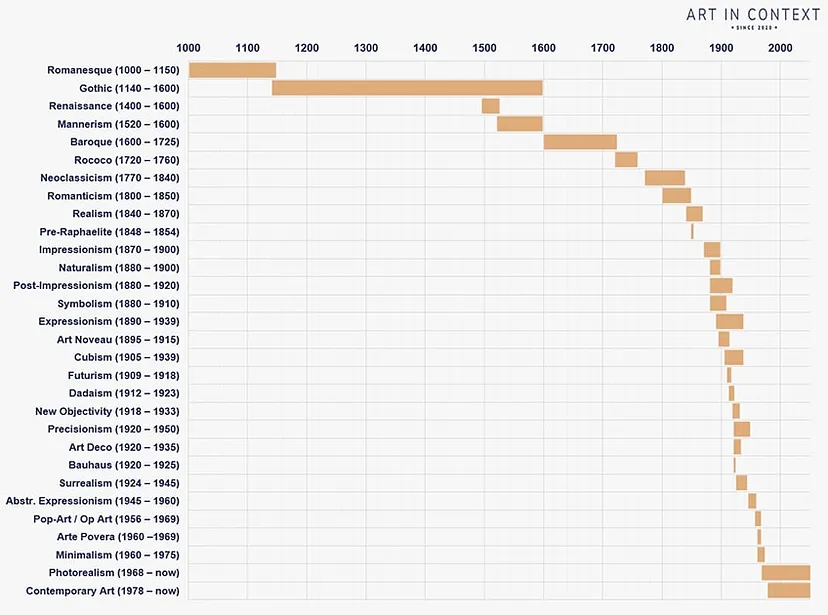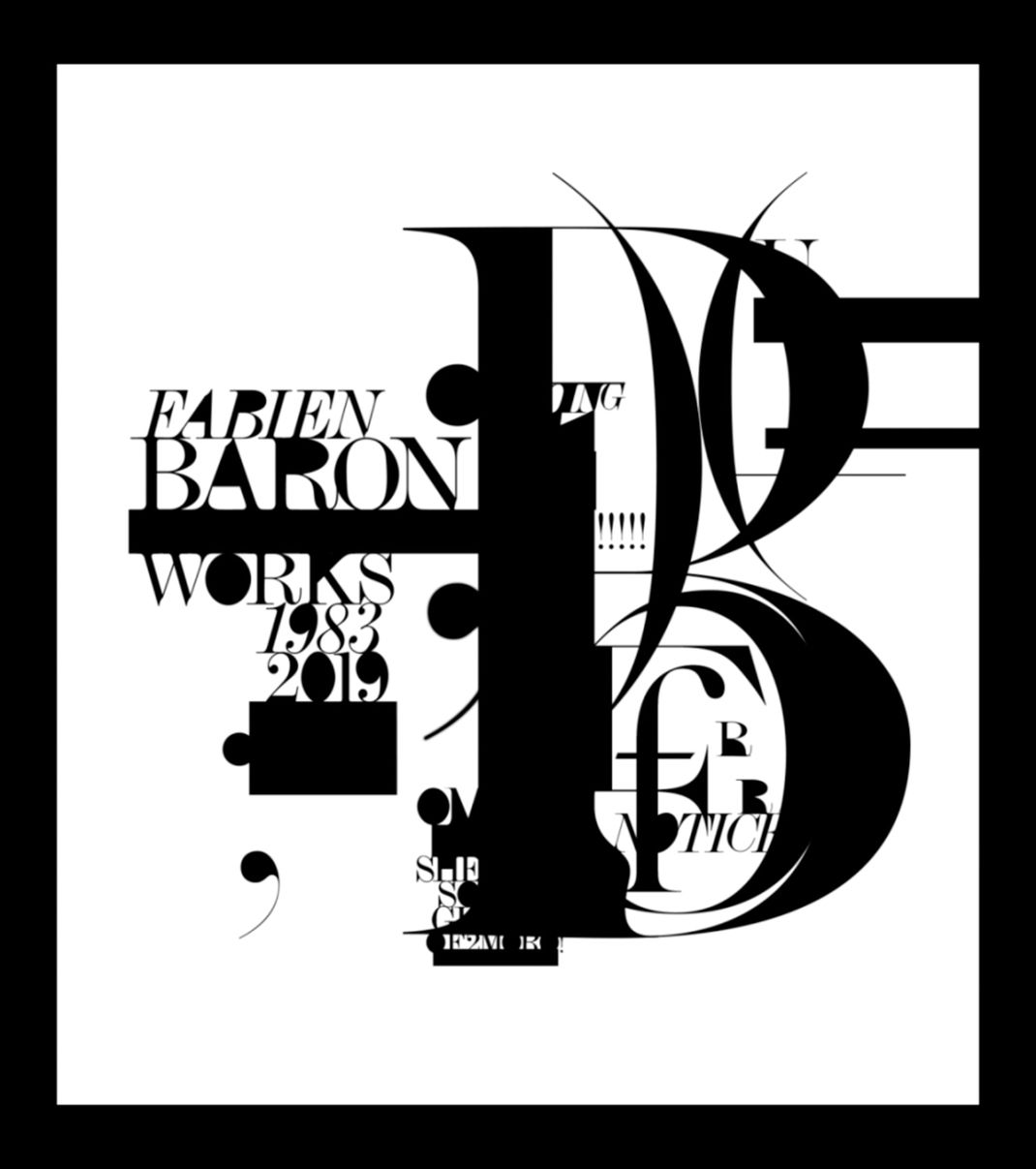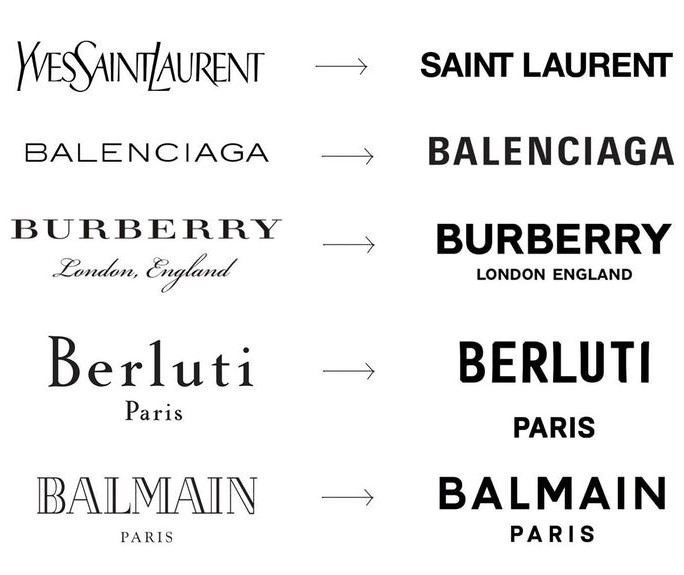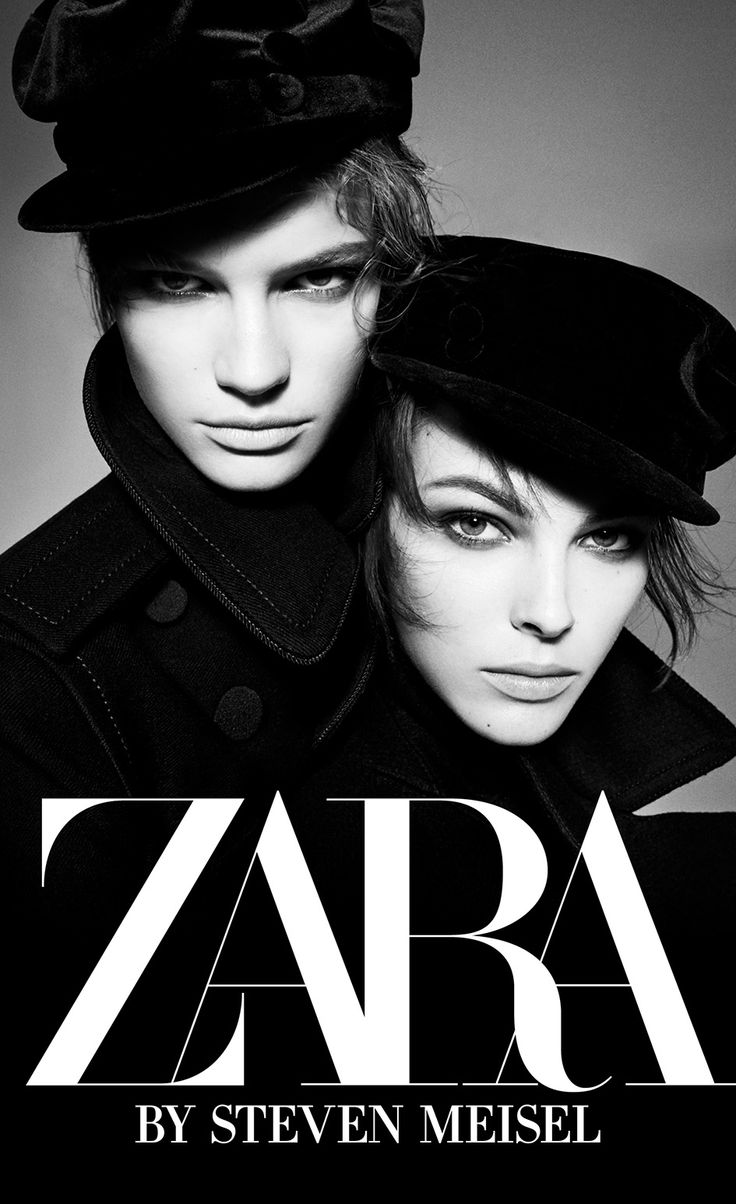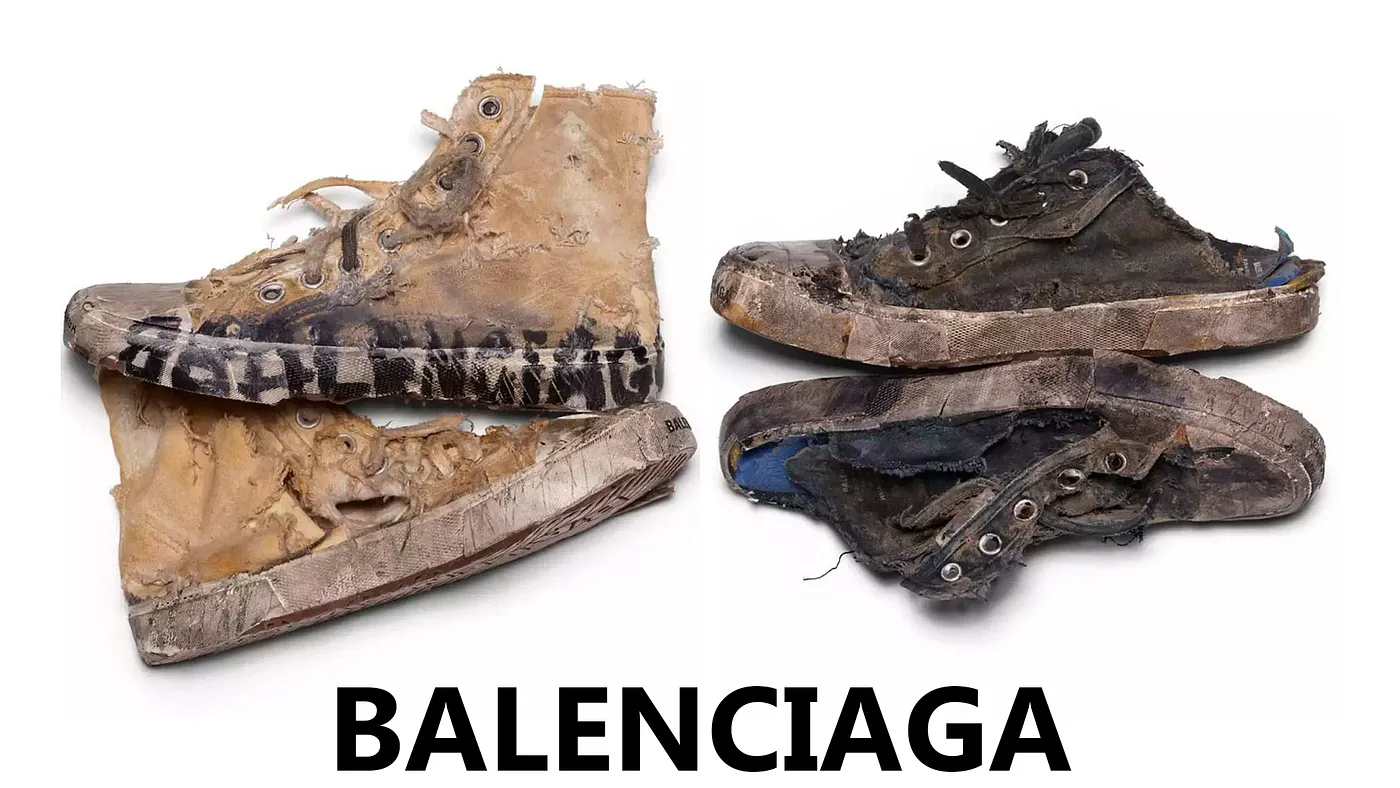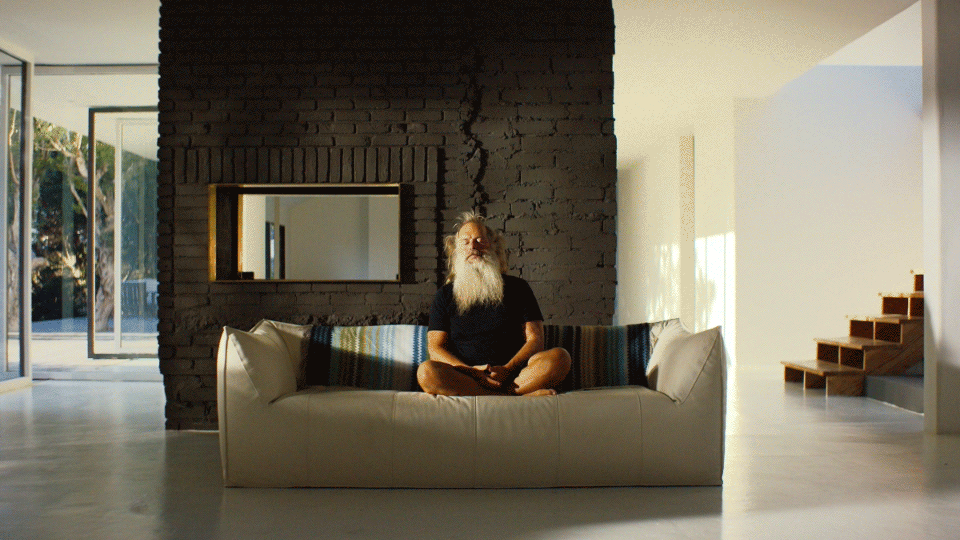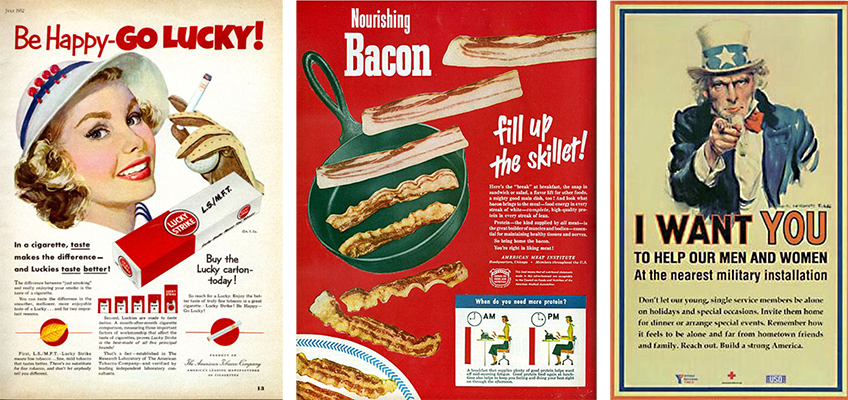People has adopted a quasi-religious attitudes and believes toward brands that kept increasing over the years.
A brand name, logo (symbol), and character should be an endless reference point for why it exists. Because the human being has always been drawn to symbols that define his identity and morals that guide his journey. That is how and why religions have always been part of our lives, by using symbols and morals.
Some brand's marketing has become so powerful that it has infiltrated people's thoughts and minds, and they are no longer aware of it.
They become to the point where they market and advertise themselves throughout daily life and social media.

What is it about these companies that make people act in such a cultic manner toward them?
Foremost, we need to understand the basics of branding.
Brand's visual identity:
•Logo — A logo is the anchor of your brand.
•Graphics & Imagery — Can include icons, animations, illustrations…
•Typography — The style and shape of the text.
•Colour palette — Use a colour scheme to make your brand identifiable.
Brand's personality:
•Audience — The type of clients and customers.
•Purpose — As Simon Sinek said, "People don't buy what you do; they buy why you do it."
•Values — What you stand for.
•Personal trait — A brand needs a personality, character and Attributes also morals to stand for.
In other words:
Logos, Graphics, imageries, and typographies are symbols that represent ideas, quality, or movement.
Purpose values and personal traits are morals that have the standards of good or bad behavior, fairness, honesty, etc…

vs
Design
we used to regroup both together to avoid any misunderstanding.
In France, the different genre of art has been classified by type, they often use numbers to call for a specific art.
The numbering of arts originated in Hegel's Lectures on Aesthetics. Recorded in 'Introductory Lectures on Aesthetics', chapter 5: 'Division of the Subject' (delivered from 1818 to around 1830). Here they are :
•the first art: architecture
•the second art: sculpture
•the third art: painting
•the fourth art: dance
•the fifth art: music
•the sixth art: poetry
•the seventh art: cinema
•the eighth art: Television
•the ninth art: comic strips
➣We might add Cuisine, Staging, Fashion and other forme of arts to the list, but it might be for another topic.
The term "design" was coined toward the close of the 1800s and gained popularity at the beginning of the 1900s.
Over time, the word's meaning has consistently evolved.
The question is: How did the term "design" and its meaning come to be used in any creative field?
There were periods of fast scientific and technological discovery during the First and Second Industrial Revolutions. Mass production and standardisation have gradually introduced the term and idea of “design.”
From this point on, a handcrafter transformed into a designer—a creative individual who devotes his expertise to problem-solving, generating visual communication, and developing or producing goods and services primarily for commercial and external purposes.
An artist creates for philosophical, emotional, and personal reasons.

Art and Design share the same fields, genres, and expertise, the only difference is, the reason (why) and purpose, who is creating, and for whom.
Design can be more trendy than art due to its visual communication and economical (selling) purpose.
Also, in the last few years we can notice at least two trends per year, which makes things a bit complicated to follow.
The difference between art and design lies in the intention and motivation of their creators. While designers seek to solve problems and serve external needs, artists express themselves and explore their own vision of the world.
The term "culture" comes in several forms and has been misused and overused, particularly in the last few decades.
In the business world, the word “corporate culture” is often used to describe the shared values, attitudes, and beliefs of an organisation.
In the media and popular culture, the term “culture” is frequently used to describe trends and movements in society. For example, you might hear phrases like “youth culture,” “pop culture,” or “counterculture”.
However, it is frequently used in a vague or general sense, and the definition can vary greatly between social concepts.

Culture is the characteristics and knowledge of a particular group of people, encompassing language, religion, cuisine, social habits, lifestyle, music, and other forms of arts.
What is happening is, that changes inside communities and societies are happening so fast and ruffly that people don't know what is related to them or not, which infects the meaning of the word “culture”.

Culture is what shapes people's preferences, thoughts, and ways of thinking within societies. Thinkers, writers, philosophers, and artists have long been at the forefront of culture.
However, since the advent of globalisation and postmodern society, corporations, and brands have taken the lead in shaping popular culture by leveraging influencers and celebrities to shape public opinion and taste.


The concept of minimalism is to eliminate all unnecessary elements and achieve simplicity, as Ludwig Mies van der Rohe, a director of the Bauhaus, famously said, "less is more".

Minimalism is an art movement that takes its origin from the Frankfurt School in Germany and has since become a dominant style in various fields in art and design. The term minimalist often colloquially refers to anything that is spare or stripped to its essentials.
So, why has minimalism been taking over in the design world?
Many designers would argue that the reason is its effectiveness.
Minimalism has been taking over because it just works. Minimalist design is simple and easy for users to understand and engage with it. Despite its appearance of simplicity, it requires a lot of thoughtful planning and execution from the designer to achieve a stripped-down look that still serves its purpose.
By stripping down the design to its essentials and eliminating cultural and personal properties… The design will be so neutral that everyone can identify itself with it and won't reject it, and designers are able to create products that please globally. This is why companies like Apple have become successful — their minimalist design appeals to a wide range of people around the world.

The Marxist philosophical view of the Frankfurt school has led to social conformity by being neutral and avoiding cultural or personal references, where minimalism appeals to a large and diverse audience and is less likely to be rejected. From this point, we have observed the expansion of the design throughout the Bauhaus and Brutalism architecture movement, which is distinguished by its cubic forms and geometrical shapes, as well as its simplicity in cement and brick colouration.
Today we are at the pinnacle of minimalism, When it comes to design, even fonts have been simplified to the maximum of non-serif, due to digital simplicity. The lack of differences and personality has reached its limit, We will see shortly a comeback to a more detailed design with more character.

The Power Of Being Ahead
The ability to see, practice, and get the next wave before it crashes into society, is a superpower that some people can have, who are called avant-gardists and are sometimes ahead of their time and misunderstood.

Every creative profession experiences movements, fads, stylistic shifts, and evolving preferences and practices.
But how do trends happen, and how are they sourced and predicted?
Is a trend defined by its newness, or just influenced by important figures?
As an example, The Pantone Colour Institute,
The Pantone Colour Institute studies colour trends throughout the year in order to decide on the next Pantone Colour of the Year. They take into consideration all aspects of society: fashion, marketing, social media, and even politics. The hue chosen as Colour of the Year has become increasingly influential in the vast world of design and brand marketing.
The first Colour of the Year was selected back in 2000, but it wasn't until 2007 that the colour trend forecasting took on a life of its own. Nowadays, when a new colour is announced, Pantone offers colour lovers an array of inspirational products and colour combination palettes designed especially with the corresponding colour in mind.
Hundreds of brands take on the task of designing products with the Colour of the Year. This reinforces the importance of how the Pantone colour trend forecast is important and influential.
Studying and analysing people, society's behaviours and thinking to predict and influence the future taste and style is easy today with social media and big data, which is mainly controlled by big corporations such as Google, TikTok, and Facebook.
So how can a creative person be an avant-gardist?
It is mainly a personal trait and a God's gift that we need to maintain by this following these habits.
•Love and enjoy our passion, money comes next.
•Understand and master our field.
•Bring value and change.
•Knowledge, “Know something about everything”.
•Expand our thinking.
•Analyze society and people.
•Be out of the box.
•Be mentally strong to criticism and take them positively with analysis.
•Be truthful, fearless and free.
•Appreciate times of struggle.
•Raise our consciousness.
•Be open-minded, responsible and take actions.





